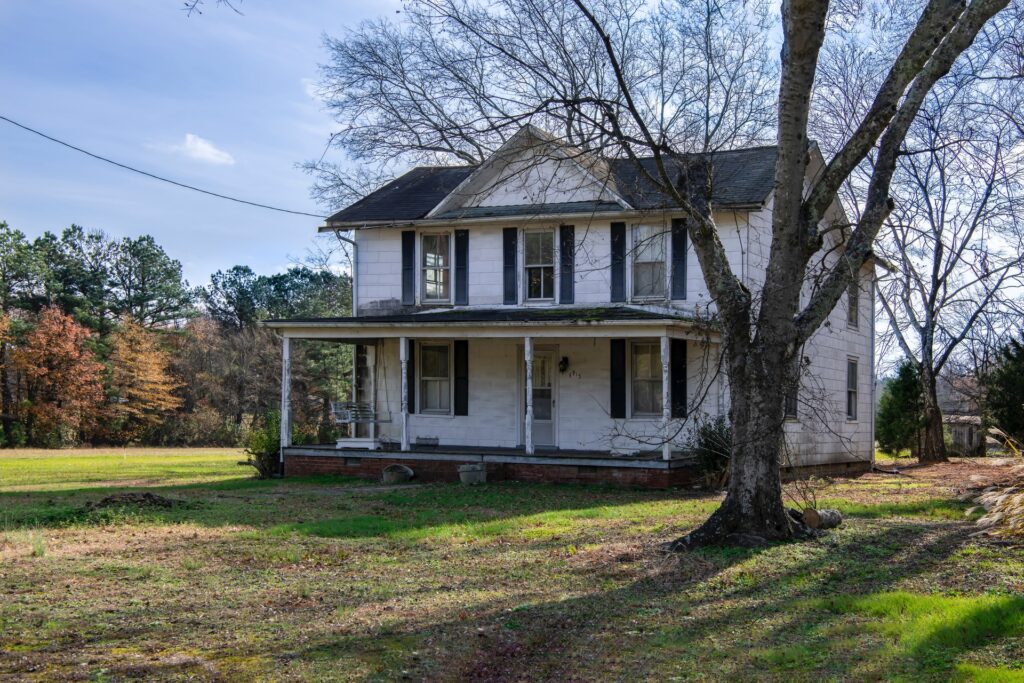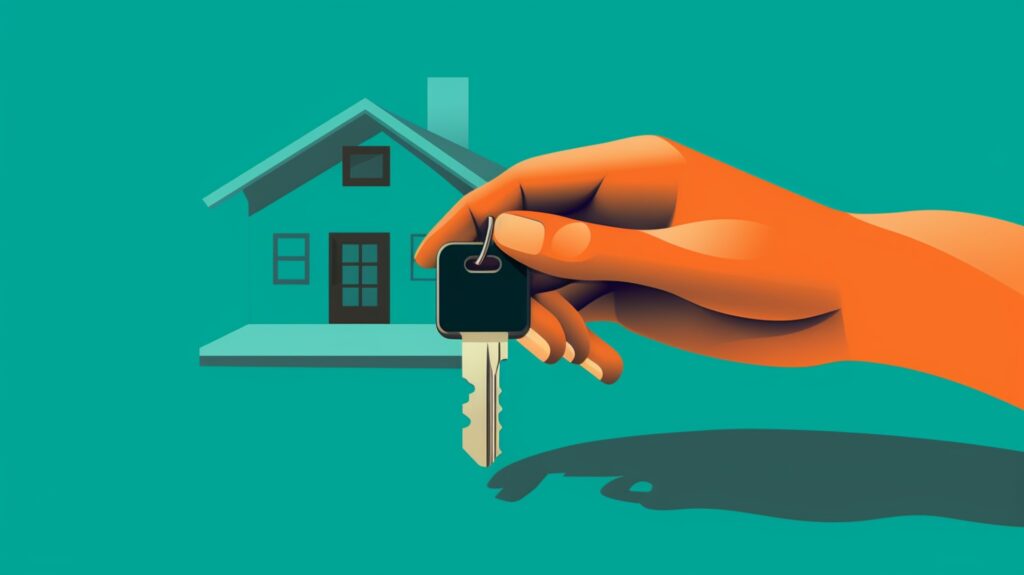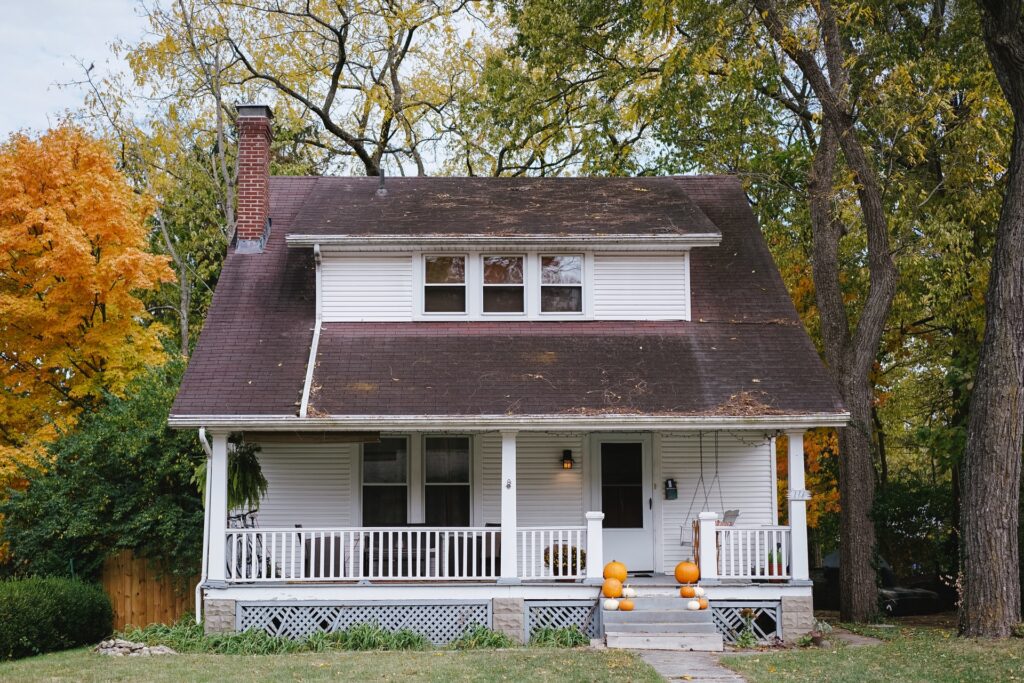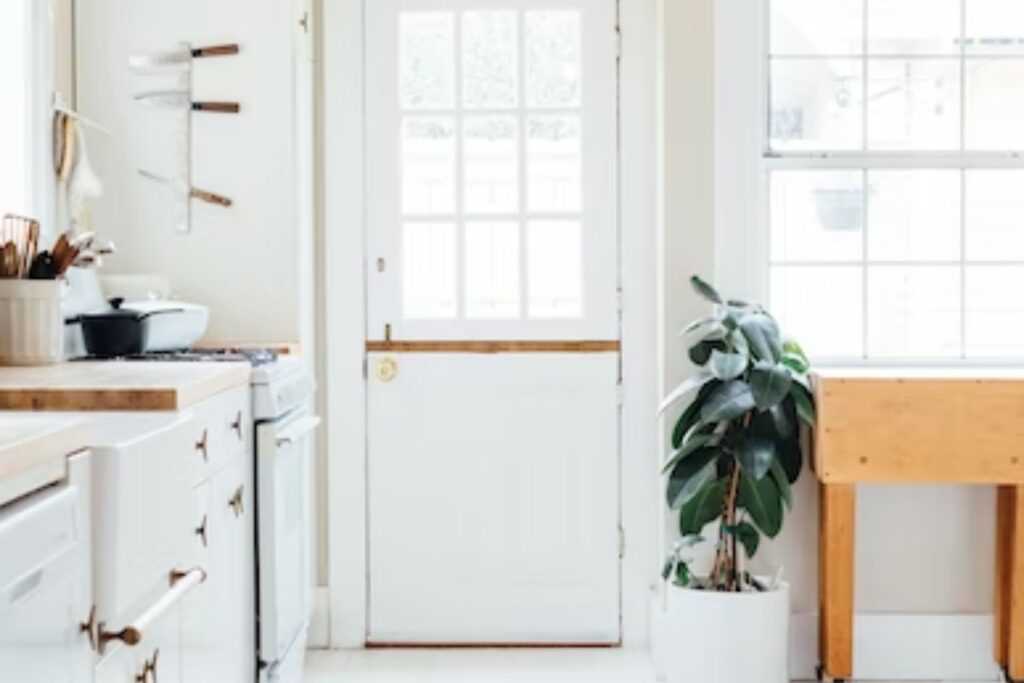
We are reader-supported. When you buy through links on our site, we may earn an affiliate commission.
Individuals manage nearly 75% of rental properties in the U.S. Unsurprisingly, most of them have some type of legally binding contract to do business with renters. This contract is called a lease agreement. Creating and upholding a lease is an integral part of your job, so you must learn how to write one. Here are a few tips to help you get started.
Before You Write
Before putting pen to paper, conduct a bit of research. Doing so will help you form a general idea of what you want your lease agreement to look like. Look up sample clauses and study the format of a typical lease.
Are there headings and bullet points? What kind of tone does the landlord use in his writing? Once you understand what most leases look like, you’ll be able to write yours more quickly and clearly.
Draft Title and Headlines
Now that you have a better idea of what your lease will look like, open up a blank document and get typing. Write a title at the top of the first page.
Generally, the word “lease” will suffice, but you can also use “lease agreement.” If you plan to rent your property out for a few days or weeks at a time, you’ll use the words “rental agreement” instead.
Draft headings to help the tenant dissect the lease and distinguish between topics. You might even use Roman numerals under your headings to divide each section into smaller paragraphs. Refer to these numbers if you have to reference a specific clause later in the lease.
Check Local Laws
As a landlord, you must abide by certain rules and regulations. Moreover, your lease must cover and follow these ordinances. In addition to any national legislation, you should research local laws that might dictate what you include or exclude from your lease agreement.
If you fail to comply with regulations or misprint important provisions like the amount of rent, your mistake may cost you a legal case. Moreover, anything that violates local law won’t hold up in court. Plus, whatever issue your provision meant to cover won’t be covered under your lease.
Leave Room for Signatures
This may seem like a no-brainer, but you’d be surprised how often new landlords forget to leave room for signatures. At the end of each addendum or clause, leave a blank line for the tenant to write their signature.
If you fail to get their autograph and they don’t honor that part of the rental agreement, you’ll have no grounds to charge fees, leave notices or evict them.
Remember to leave room for your signature as well. Lease agreements are a two-way street, you know.
Specify Lease Length and Payments
Residential leases typically last a year. However, landlords who own property near universities or in bustling cities might find shorter periods more lucrative. Regardless, you must specify the lease length in your agreement. Additionally, you should include details regarding how a tenant can renew or terminate the contract.
Remember to include other monthly payments the tenant may have to make. Specify how much water, utilities and pet fees will cost. If you don’t provide utilities, direct residents to local gas and electric companies so they can set up an account and pay for these amenities directly.
Explain Fees and Penalties
Consider late fees, deposits and payment dates as well. When will your renter pay their monthly rent? Will you charge a late fee if they fail to do so on time? Include amounts for pet deposits, application fees, parking, security deposits, administrative costs and renters insurance. You may not be able to add these items to a lease after obtaining a signature, so be sure to include everything the first time around.
You must also clarify the penalties in the event the tenant refuses to pay these fees on time. Include specific details about the notices you will give tenants and when you will file for eviction. This section is heavily dependent on local eviction laws, so do your research before making a final draft.
Use a Lease Template
If you want to play it safe, use a template. You could always use a free online template to draft your lease. However, investing in a physical resource like Adams Residential Lease will likely also provide helpful information for long-term learning.
This affordable legal book includes a customizable lease agreement that’s downloadable and printable. Bonus charts ensure that your lease complies with national and local laws and specifies all the rights and obligations of both parties.
Relying on resources makes writing a lease easy to understand and apply to your specific needs. Plus, using a residential lease kit will give you peace of mind to know that every article is accurate and legally binding.
Reviewing Your New Lease Agreement
Before printing 100 copies of your lease agreement, take a moment to review it. This final step is often overlooked but certainly the most important. You don’t want to miss any details, typos or fine print.
Consider hiring an attorney to review your lease. You may have to pay a few hundred dollars in fees. However, it’s a small price to pay for legal security and peace of mind.










